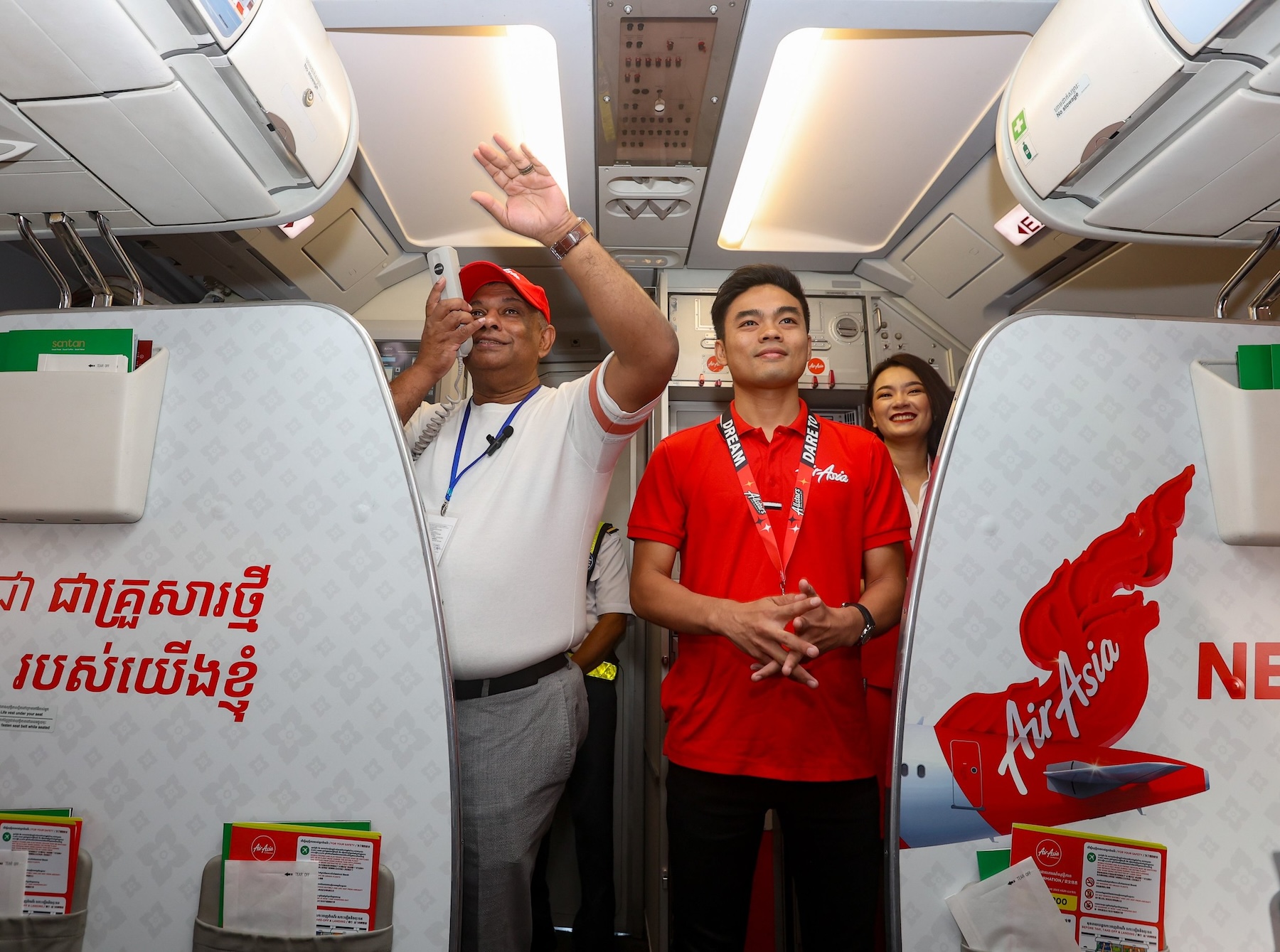
Emirates Refreshes Amenity Kits for Summer Season
This week Emirates has announced a new collection of Bulgari branded amenity kits for both first and business class passengers…

A Qantas Boeing 747 in San Francisco. The airline is retiring its final two 747s this month. (Photo: AirlineGeeks | William Derrickson)
Australia’s aviation industry is seeing the light at the end of the tunnel as the demand for domestic travel has been surging. Meanwhile, the travel bubble between New Zealand and Australia is on the horizon as New Zealand gave the green light to launch the corridor in early 2021, however, the government hasn’t set a time frame for launching the scheme.
“We understand it may take a few more weeks, but we are working constructively and patiently.” Greg Hunt, the Australian Health Minister said. It is expected the arrangement could be launched by February. “It’s the first step towards restoring international normality.” Hunt added.
After three days the travel bubble agreement between New Zealand and Cook Island has been reached, New Zealand government announced the latest planning. According to New Zealand government, Australia was New Zealand’s largest international market, providing 1.5 million visitors in 2018. The government is preparing a contingency plan in case both countries have a new outbreak. Kiwis are being allowed to go to New South Wales and North Territory without quarantine but need to isolate on their returns for 14 days.
In Australia, in response to the coronavirus curve has been flattened, the state borders reopened as the domestic travel demand has been skyrocketing.
According to Qantas, as a result of the Queensland borders reopening, more than 1,200 Qantas and Jetstar employees returned to work. In light of the strong demand for the domestic travel, Qantas has begun three new routes between Tasmania and the mainland, including Hobert to Brisbane, Hobert to Canberra and Launceston to Sydney. Alan Joyce, the CEO of Qantas expected the airline could reach 70 percent pre-Covid domestic travel levels by Christmas.
In addition, Jayne Hrdlicka, the new CEO of Virgin Australia, expected the domestic passenger volume could hit 60 percent by January. Hrdlicka also forecasted the air fares will be “super competitive” in the near future and “will have never been cheaper to travel in this country” because “the airlines are rebuilding the market.”
Meanwhile, Perth Airport, the gateway to the Western Australia hasn’t stopped attempting its development during the pandemic. Earlier, the Federal Government has approved the new runway project. The new runway would allow the airlines to expand their networks and meet the future demand of the airport. The new runway is expected to inject around $1.5 billion into tourism sector in its first two decades of operation.
According to a survey conducted pre-Covid, the citizens in Perth were overwhelmingly in favor of the new runway. The second runway project is expected to cost $393 million and create 500 jobs.
Receive a daily dose of the airline industry's top stories along with market insights right in your inbox.

This week Emirates has announced a new collection of Bulgari branded amenity kits for both first and business class passengers…

AirAsia Cambodia started operations on Thursday with a historic inaugural flight, KT102, connecting Phnom Penh, Cambodia's capital, to Siem Reap,…

Kenya Airways (KQ) has suspended flights to Kinshasa, the capital of the Democratic Republic of the Congo (DRC). This decision was…



